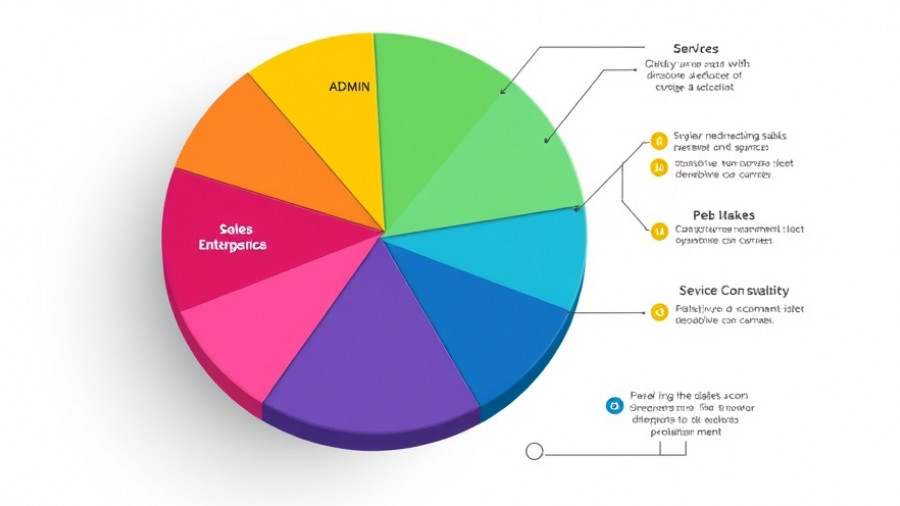
Understanding Tariffs: How They Shape Consumer Behavior
In recent years, changes in trade policies, particularly tariffs, have dramatically altered shopping behaviors across the globe. According to a recent report, 77% of consumers have adjusted their shopping habits since tariffs were imposed. The responses vary significantly based on individual circumstances—while some people cut back on non-essential purchases, others stock up on items before prices rise. This shift is critical for small business owners to understand as they navigate their marketing strategies in today's unpredictable economic climate.
Regional Insights: America vs. Canada
Shopping patterns exhibit striking differences not just by individual circumstances but also regionally. For instance, data shows that 38% of Americans are now focusing only on essential items, while in Canada, this figure is even higher at 50%. Understanding these regional nuances can help small businesses tailor their promotions and inventory to better meet local customers' needs, providing a competitive edge in the market.
Demographics Matter: How Age and Income Influence Spending
Another layer to consider is how demographics like age and income affect consumer reactions to tariffs. While 40% of lower-income shoppers are buying primarily essentials, higher-income shoppers are less likely to change their purchasing habits. For young consumers, like Gen Z and Millennials, there’s a noted trend toward buying second-hand goods as a response to rising prices, indicating a shift in values toward sustainability and frugality. This demographic insight presents opportunities for small business owners to engage with younger audiences through targeted marketing strategies.
Making Sense of It All: The Need for Adaptation
For small business owners, these findings highlight the necessity for adaptive marketing strategies. By analyzing consumer behavior and preferences in relation to tariffs, businesses can better position themselves to not only survive but thrive in challenging economic climates. Tailoring marketing messages and product offerings to reflect current consumer attitudes can foster a more profound connection with potential customers.
In summary, understanding how tariffs affect shopping habits is vital for small businesses aiming to stay relevant and responsive to their market. By staying informed about consumer behavior and adapting marketing approaches accordingly, businesses can position themselves for growth.
 Add Row
Add Row  Add
Add 




Write A Comment